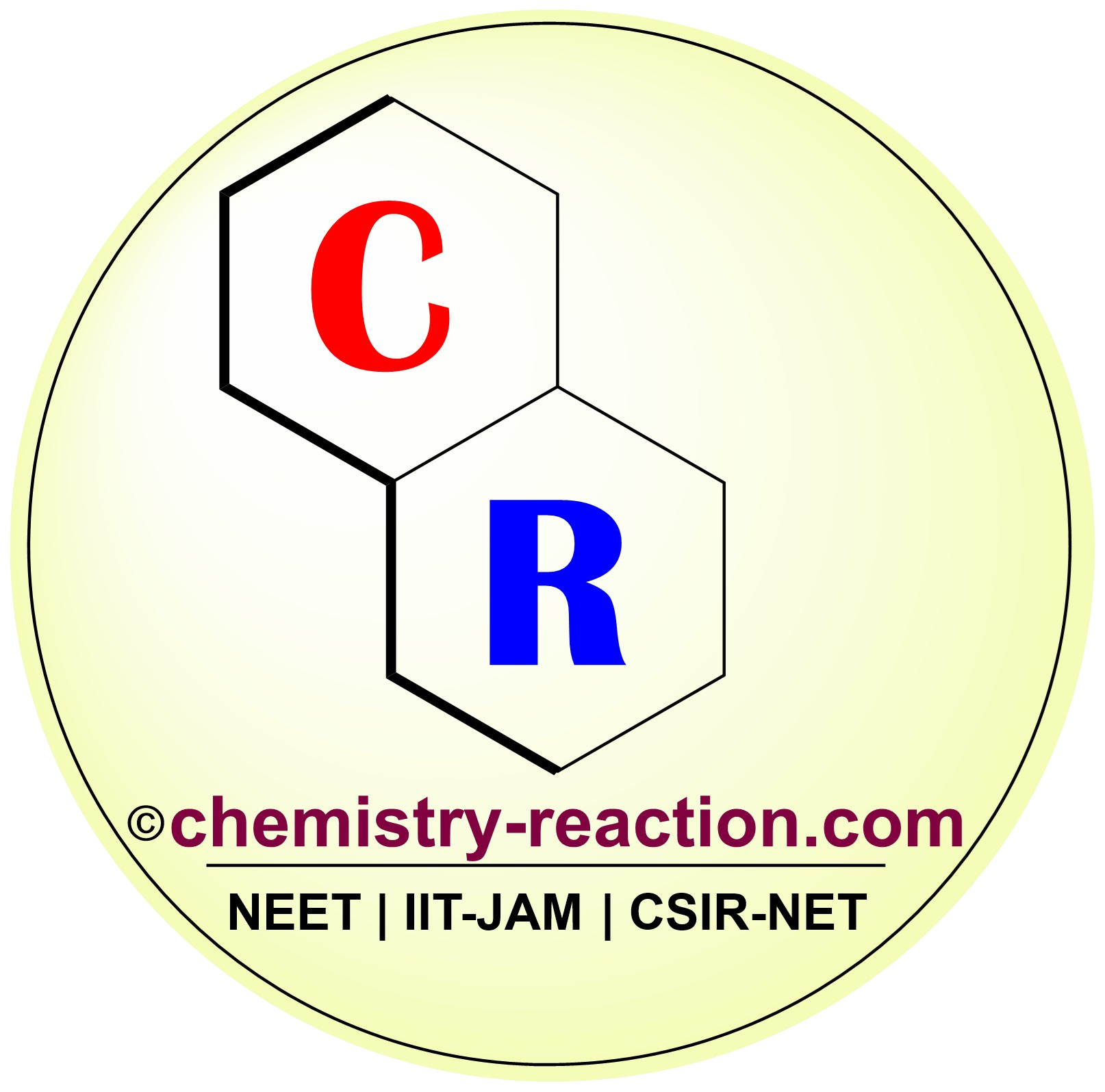The Henry Reaction
The Henry reaction was first reported by Belgian chemist Louis Henry in 1895. The Henry reaction involves the addition of a nitronate salt to a carbonyl compound, usually an aldehyde. The reaction is also referred to as a Nitroaldol reaction. It is C-C bond-forming reaction used in organic synthesis. Mechanism: The Henry Reaction Mechanism can present in two steps … Read more


